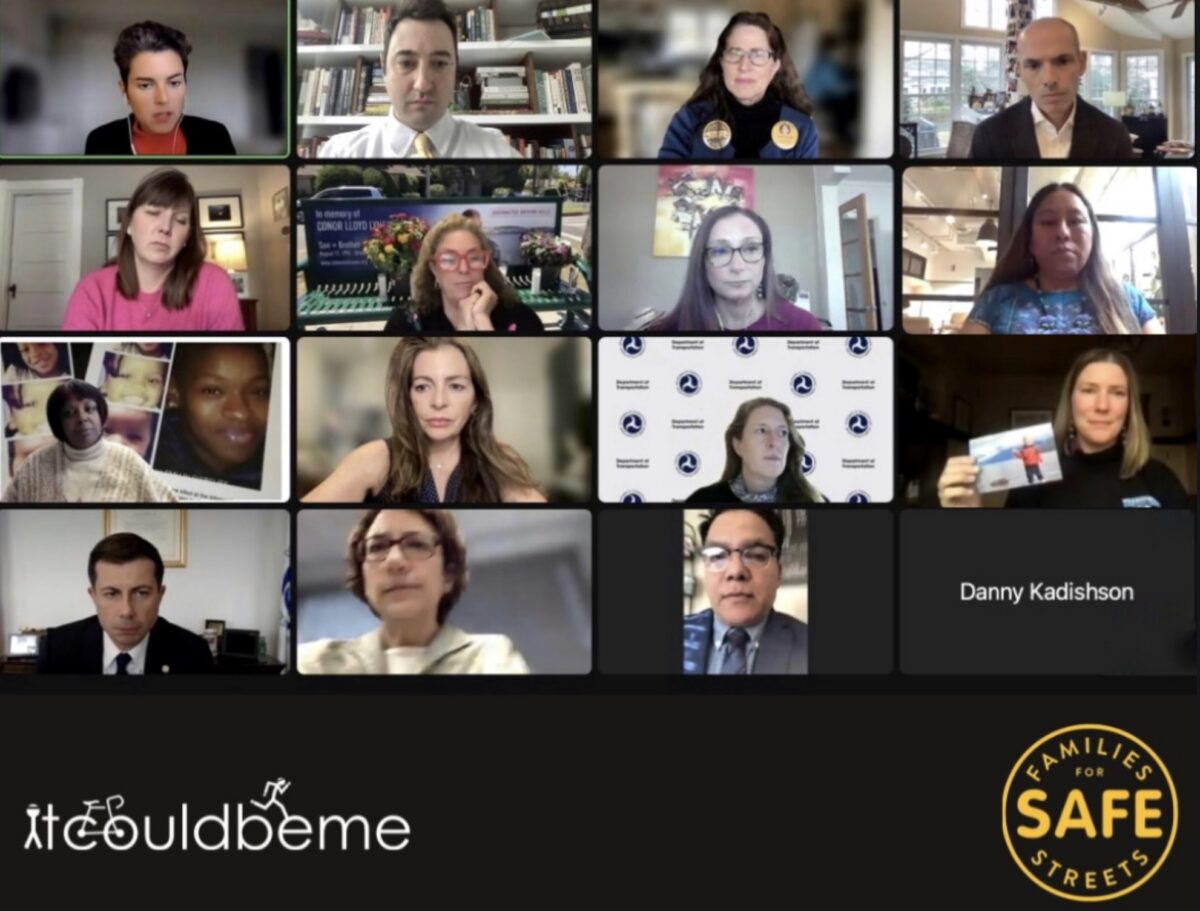
“The fact that USDOT took the meeting in the first place is a sign of progress, though, and I think we all left with a sense of guarded hope.”
– Michelle DuBarry, Families for Safe Streets
North Portland resident Michelle DuBarry is part of the group no one wants to be in. She’s a volunteer with Families for Safe Streets, a national nonprofit with a chapter in Portland that’s supported by The Street Trust. She and the other brave activists in this group share stories of grief and loss from traffic crashes that killed their sons, brothers, sisters, daughters, moms and dads.
Just last month DuBarry and others in the group stood on a corner of SE 122nd Avenue as traffic roared by to share how unsafe streets have impacted their lives. And last Friday, DuBarry found herself in a Zoom room talking to the most powerful transportation leader in the entire country; US Department of Transportation Secretary Pete Buttigieg.
The online meeting was set up by Assistant to the Secretary and Director of Public Affairs Dani Simons (who has a connection to Portland as a former director of communications for Motivate, the company that runs Biketown). Also on hand was US DOT Deputy Secretary Polly Trottenberg (who you might recall from our 2011 interview) and other top DOT brass. The event was likely part of the DOT’s ongoing work around the National Roadway Safety Strategy, an effort funded by President Joe Biden’s recently passed infrastructure law that took a step forward back in October.
DOT released no press statement about the event, but DuBarry shared a thread about it on Twitter over the weekend. Here are the four things she and other bereaved parents asked Buttigieg and other DOT staff to do:
1. Safety regulations for large trucks and SUVs to protect people *outside* of the car (Intelligent Speed Assistance, Automated Emergency Braking, & hood/bumper design standards)
2. Mandatory side guards for large trucks. The EU, Japan and many other countries have long mandated side guards. Research shows these can reduce bicyclist fatalities by 50-74%
3. Change the way speed limits are set. Did you know that current US speed limit setting practice is to raise the speed limit when more than 15% of drivers are driving faster than posted signs?
4. Street design standards that prioritize safety of all road users (not just drivers). So many of our loved ones would still be with us if our roads were designed better, with narrower lanes, raised crosswalks, physical barriers between cars and pedestrians/bicycle riders etc.
Asked to share more about the meeting, DuBarry told me she came away with mixed feelings. “It was devastatingly sad but also gratifying to be in a space with federal transportation policymakers,” she said. “The fact that USDOT took the meeting in the first place is a sign of progress, though, and I think we all left with a sense of guarded hope.”
And DuBarry and other members of Families for Safe Streets won’t let them forget about it. They’re working on a follow-up letter that will outline their requests.
With the road death crisis at an all-time high and with one of the most sympathetic and progressive slates of DOT staff we’ve ever seen, now is the time to push forward on these issues. We’re lucky these folks are brave enough to tell their stories to these powerful policymakers. Now let’s hope change is coming so no one else has to ever join them.


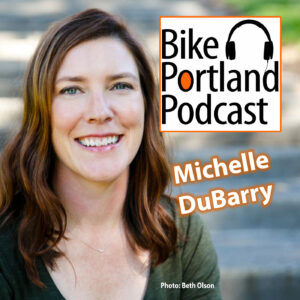
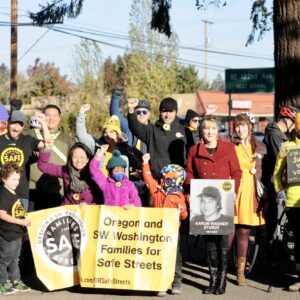
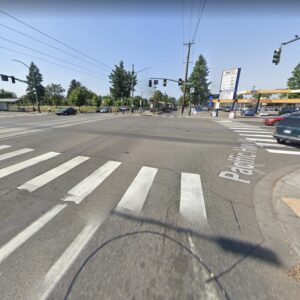
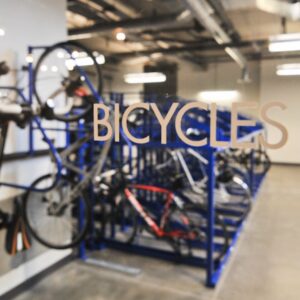
Thanks for reading.
BikePortland has served this community with independent community journalism since 2005. We rely on subscriptions from readers like you to survive. Your financial support is vital in keeping this valuable resource alive and well.
Please subscribe today to strengthen and expand our work.
Sometimes I want to look away when parents like Michelle share their story, but I force myself to do it, because it’s important. On your podcast, hearing her speak in person, and on Twitter, I have learned so much from Michelle. I am truly grateful for the work she does to make our community better and safer. She has a powerful voice and is an incredibly effective advocate.
It’s important to bring federal attention to this general topic, but the truth is that state DOTs are at least a large part of the problem, if not perhaps THE largest bureaucratic hurdle. As has been pointed out elsewhere, there are largely only meager carrots that the feds can use to nudge behavior of state org’s behaviors. We need sticks, of lots of types. A big one would be depriving federal funding from states that fail to curb roadway injuries and fatalities. If organizations like ODOT want to use federal money to expand roadways (or, preferably, do more equitable and sustainable things), they should need to prove that they can safely manage the roads that they have.
There should also be a reorientation of USDOT structures to interface more with regional and municipal organizations. Too much of the way things are set up now works against the natural, efficient, agglomerative tendencies of cities by working with states. Just as using level-of-service is a bad way to determine roadway efficiency, focusing on state-effecting projects too often works against the city economies that actually make up most of our country’s economic activity (e.g. the I-35 expansion’s destruction of Austin).
Every single one of DuBerry’s points above is an actionable item that would all individually have the effect of improving safety for people both inside and outside of cars. Plus, she’s one of the few Portland activists who is making an effort to go to the right people about it: those who actually have the means and the power to make substantive changes. In my view, her work here is exactly what effective activism looks like; major kudos to her.
But I think the most effective part of why her activism here is effective is that all her action items all unambiguously improve safety without alienating anyone. There’s no language that demonizes automobile owners, no superiority complex, and no hyperbole. To get people to listen to you, take you seriously, and want to work with you, this is the most important thing.
Now we just need more people to follow her playbook, to show that it’s not just a small minority of people who support such improvements.